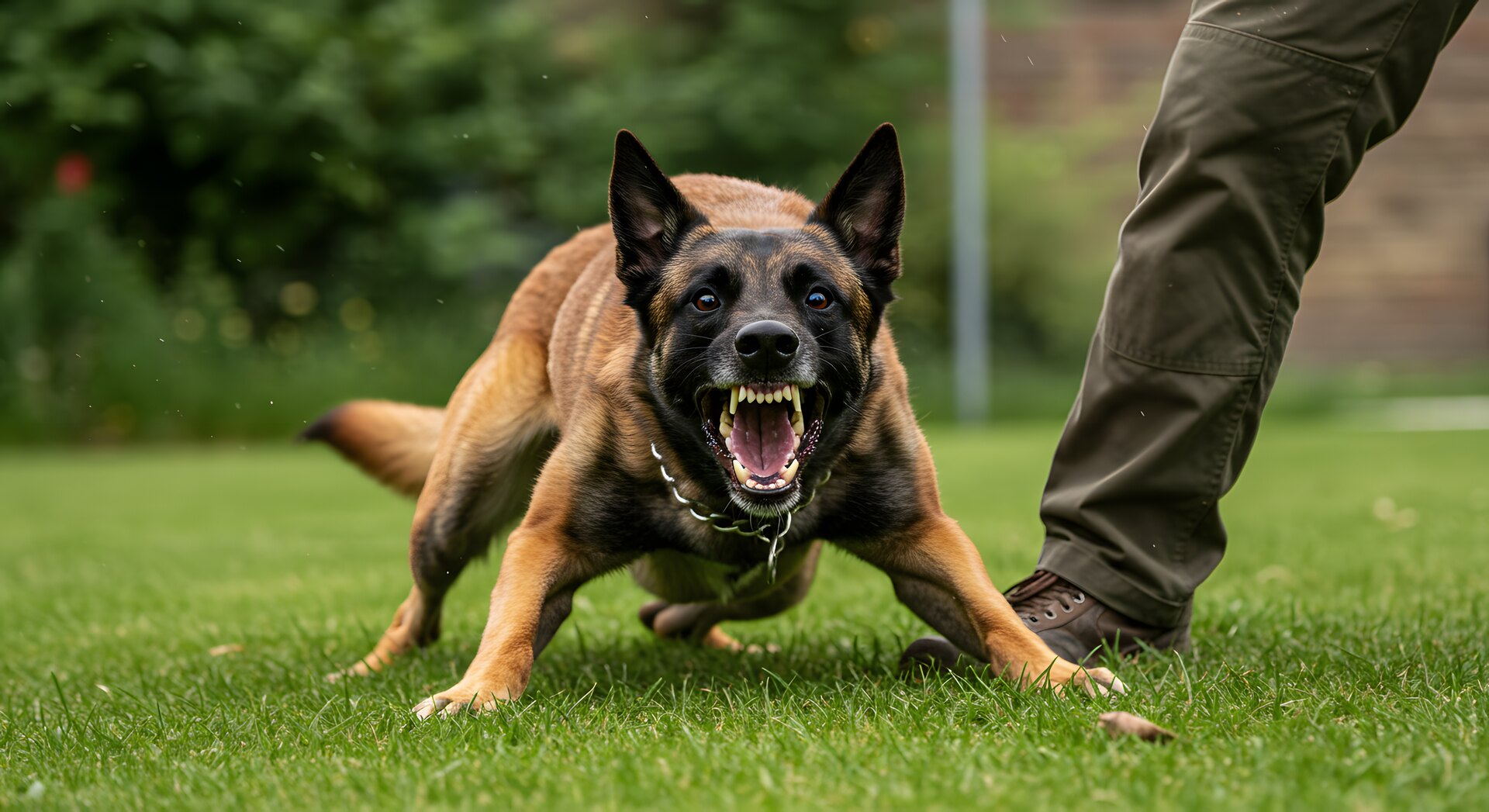How Dog Training Works
March 8, 2021

Teaching A Dog Proper Behaviour
Classical Conditioning
Classical conditioning is when a dog associates an involuntary response to a stimulus. For example if I said the word “yes” and followed with a treat, after many repetitions eventually as soon as I say “yes” the dog would start to salivate. The stimulus is the word “yes” and the involuntary response is the salivating.
We use verbal markers as conditioned reinforcers. This is part of creating a solid communication system with your dog.
Operant Conditioning
Operant conditioning pairs behaviour and response. This involves changing voluntary behaviours. It is important to use all of the quadrants here. The quadrants are:
Positive Reinforcement
Adding something positive after a behaviour has occurred to make that behaviour more likely in the future. An example is giving your dog a treat for sitting.
Negative Reinforcement
Removing something undesirable when a behaviour has occurred. An example would be pushing your dogs butt down into a sit and then stopping that push as soon as your dog sits.
Positive Punishment
Adding something undesirable after a behaviour has occurred to make that undesired behaviour less likely in the future. An example would be a leash correction.
Negative Punishment
Removing something desirable after a behaviour has occurred to make the undesired behaviour less likely in the future. An example is walking away if your dog demand barks or jumps on you.
Dominance (what it is and why we don’t use it)
Dominance has no place in dog training. A popular method used by individuals who use “dominance” is alpha rolling. Alpha rolling only leaves dogs in fear of their owners and if generalized it could be fear of most people. This method can cause dogs to be in fear of their life which in turn could cause aggression. No dog should feel this way with their owner or trainer. Dog training is about creating a better quality of life for each dog. It is about growth!
Communication
Communication plays a key role in training your dog. If you don’t understand your dog and your dog doesn’t understand you, then you won’t get very far.
We can create a communication system through classically conditioning our verbal markers.
The verbal markers that we like to use are:
“yes”: you are released from what I asked and can come get your reward
“good”: continue what you are doing and we will come give you a reward
“no”: stop that immediately
“ok”: you are free to what whatever you’d like other than offer poor behaviour
“ah-ah”: wrong, try again
This is only one half of a balanced relationship. A lot of us tend to only focus on telling our dogs what to do. We need to advocate for our dogs by understanding what their body language means. A common cause for reactivity or aggression issues is because the dogs communication has been ignored. An example is while on a walk your dog may show signs of nervousness while another dog approaches and because we didn’t recognize this sign and take the proper action (creating space), overtime our dogs will take matters into their own hands because they are continuously going over their threshold (what they can emotionally handle) and become reactive or aggressive towards approaching dogs.
Duration
Duration or passive training is extremely important in all pet training programs and is very often overlooked. A lot of trainers are keen on always having a dog aroused when that is very detrimental when training the family pet. A dog that is aroused all of the time is likely to be more stressed, anxious and likely displays more undesirable behaviours than one who is not.
This doesn’t mean that a dog shouldn’t be excited in training. It means that each dog needs to have an “off” switch (learn to relax when the owner asks) and an “on” switch (can be excited when appropriate).
The iTK9 Way
During our programs we use both classical conditioning and operant conditioning. We use all of the quadrants which is a part of all animal learning. Our job is not only to take a balanced and fair approach to training the dogs we get but also educating the owners so they can understand their own dogs better and have a relationship that continues to flourish.
.webp)

.png)
.png)